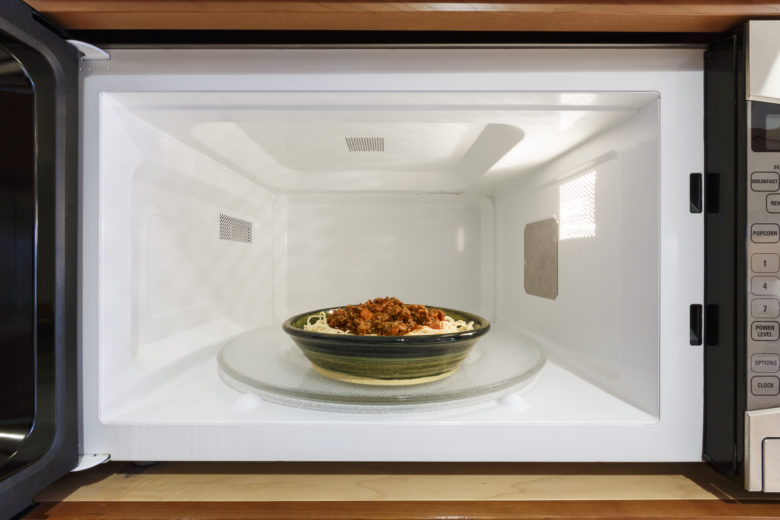
Whether from your favorite restaurant or holiday meal, leftovers are a part of our lives. Even though that leftover pasta or chicken tastes amazing the next day, it can be a source of food poisoning. Leftovers can be enjoyed safely, as long as we store and reheat them properly.
Leftovers go through a lot of temperature changes before they end up back on our plate, which can expose them to the temperature danger zone.
What is the temperature danger zone?
The temperature danger zone is a range between 40°F and 140°F where bacteria can grow rapidly. It is important to limit the amount of time food spends at these unsafe temperatures. Illness can occur if a food is eaten after it has been left in the temperature danger zone for too long.
Keep hot foods above 140°F and cold foods below 40°F
Certain foods are more prone to bacteria growing and causing food poisoning. They are known as potentially hazardous foods. Be sure to keep an eye out for these foods:
- Meats, poultry and seafood
- Dairy
- Eggs
- Baked potatoes
- Melon and figs
- Raw garlic in oil
- Sliced tomatoes
- Cooked rice, beans, pasta
Avoid exposing foods to the temperature danger zone for long periods of time.
Cooling
Improper cooling of food is one common cause of food poisoning. After a food is properly cooked, it needs to return to 40°F within two hours. There are many ways to quickly cool food to prevent bacteria growth:
- Use shallow containers no deeper than two inches to store food.
- Allow hot food to have air circulation for 20-30 minutes before placing it in the refrigerator.
- Never leave food out of refrigeration more than two hours.
Reheating
In addition to storing safely, reheating leftovers properly is a crucial step in preventing food poisoning.
Reheated food needs to return to an internal temperature of 165°F. Stir food throughout the reheating process to ensure heat is evenly dispersed. Use a food thermometer to be sure food reaches the proper temperature.
Leftovers don’t last forever! Eat or throwaway all leftovers in three to five days. For a complete shelf-life guide, download the Is My Food Safe? mobile app.
Visit HomeFoodSafety.org for more food safety tips.


